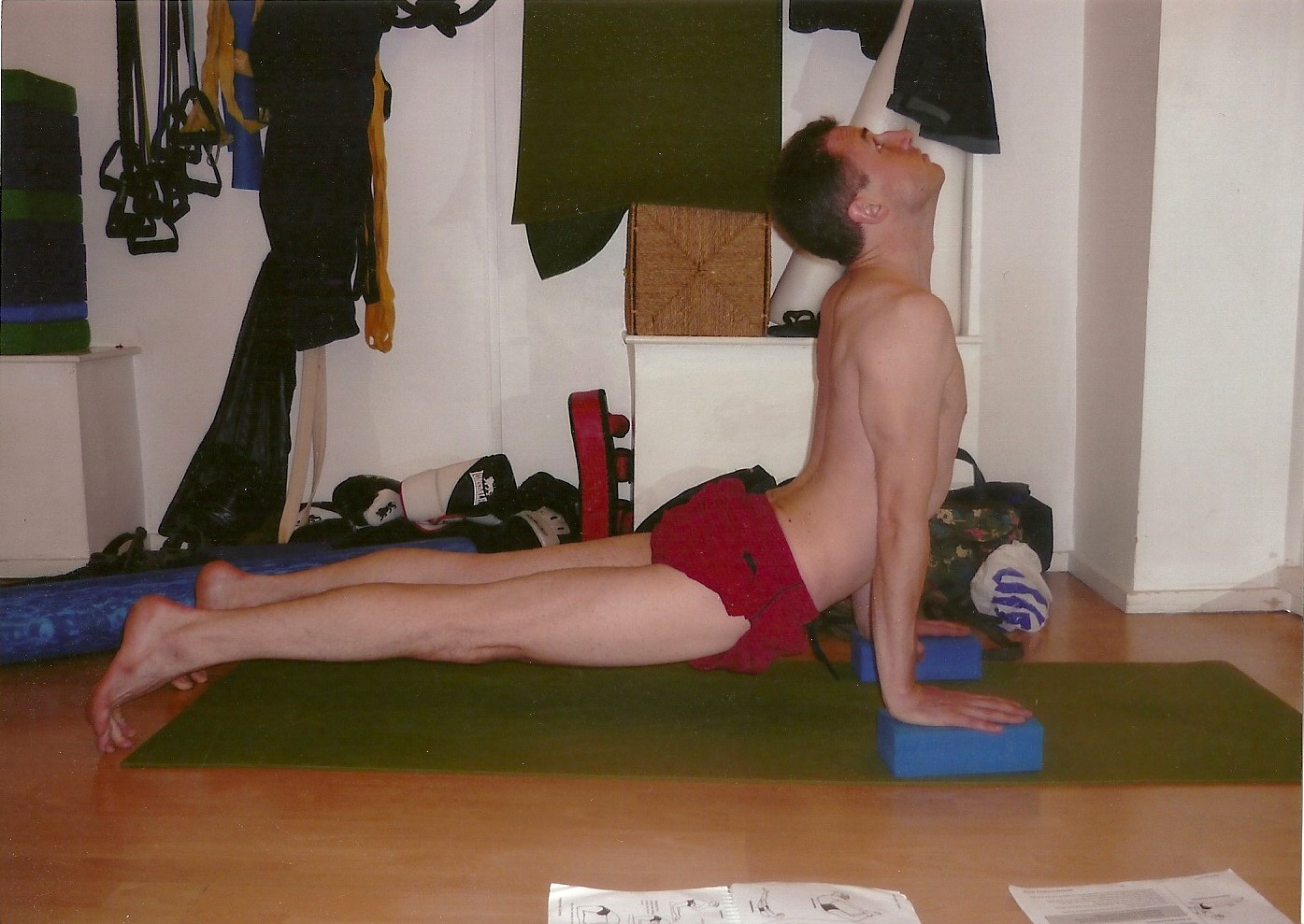In August 2023, my family and I moved to Lisbon in Portugal to start a new chapter in our lives. It all happened very quickly and after our wedding in June, we had two months to pack up our flat in London, find somewhere to live in Portugal, say goodbye to our friends and families and jump on a flight out here! It was most definitely up there as one of the most stressful and intense periods of my life and we are still getting over the shock of that initial upheaval. I started a new job in September so had very little time to think about it as there was so much to learn and deal with, and most of it happening in a new language.
I think I can say that we are now beginning to feel a little less overwhelmed and with Spring around the corner, we are starting to enjoy the many joys that our new home has to offer. Lisbon is a beautifully located city on the edge of the Atlantic ocean and with so many hills and incredible views, we are now getting our bearings. We live in Costa da Caparica, a beach town on the southern side of the river Tagus, about 20 minutes from Lisbon by car, train or ferry. It’s a popular spot for those seeking good surf, nice restaurants and beautiful sunset views over the Atlantic and we have come to love our little home by the sea.
Teaching yoga online has been a great way for me to stay connected with my teaching practice, and to keep in touch with my long term students in the UK. My visits to some of the Iyengar yoga studios in Lisbon have given me some insight into the local studios and helped me to meet some of the yoga community based over here. It’s a truly international place and although the majority of the people we encounter day to day are local Portuguese speakers, there are many ex-pats from all over the world so you never feel alone.
I have to also mention how incredible the food is out here! The biggest challenge has been to limit my intake of delicious pastel de nata and various other pastries. We regularly take the ferry over to Belem which is the home of the pastel de nata as well as some incredible historic sites and IMO the best botanic garden in Lisbon.


